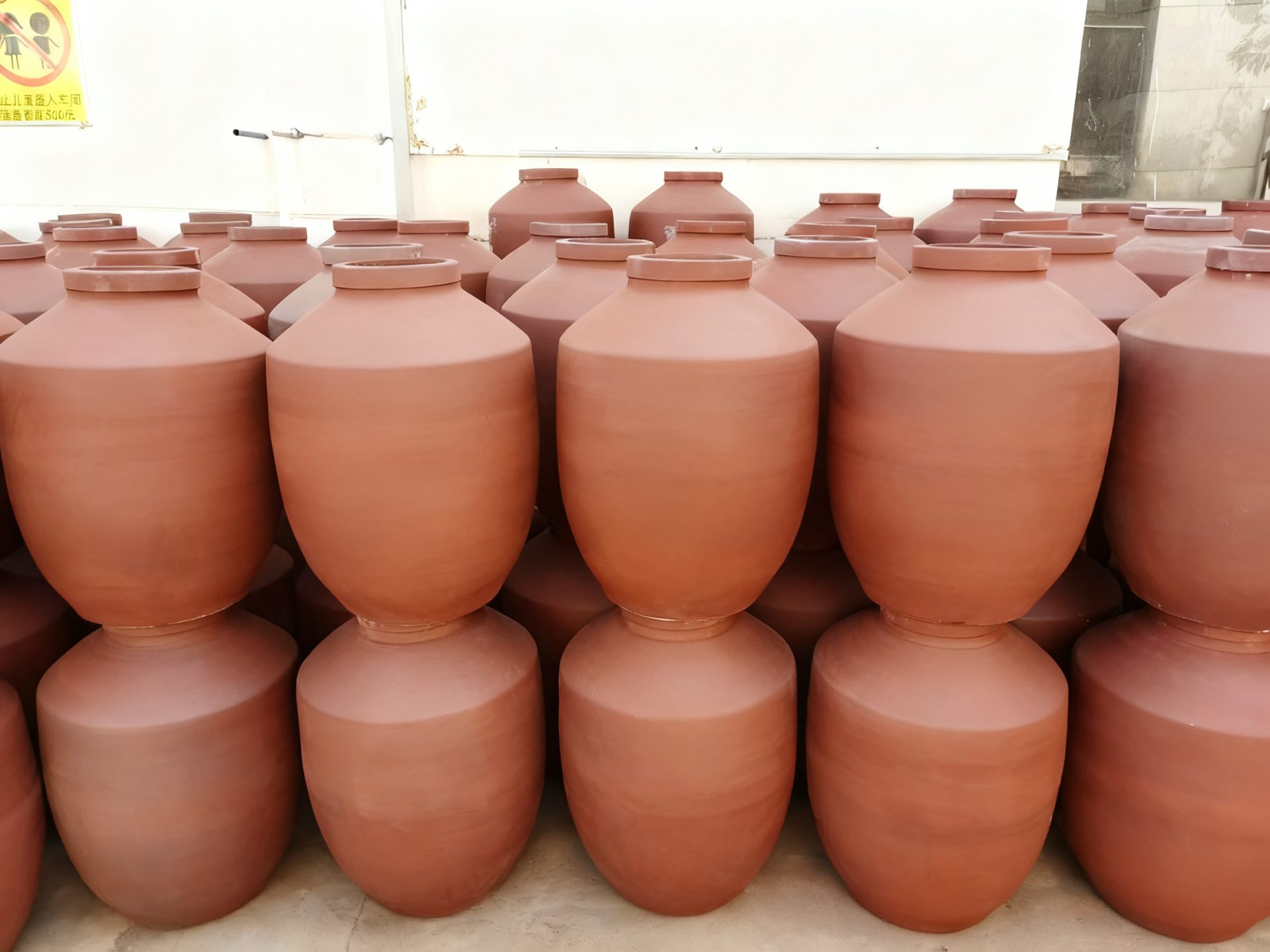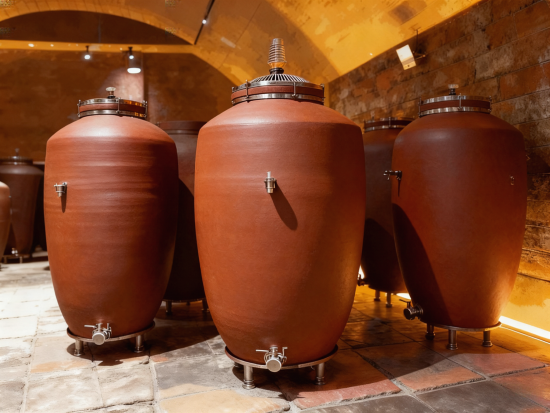Cleaning &: Maintaining Your Terracotta Amphora: Practical Guide
For winemakers and vineyard owners who rely on terracotta Amphora to produce and age high-quality wines, ensuring that high-quality the amphora a long enough lifespan while maintaining the best operational condition of the terracotta jar is their top concern.
For this reason, the key to this article is how to maintain and upkeep the Amphora in good working condition. This guide will provide a complete maintenance strategy from daily cleaning to long-term storage, ensuring that your amphora clay will last forever and continue to produce pure and natural wine.
Why Terracotta Amphora is unique
As a professional brewer or a newcomer to amphora wine making, it is necessary to understand the unique features of terracotta Amphora
Porosity: This is the key to amphora wine making and also the main challenge of maintenance. these tiny pores will absorb wine, water, and any residue of cleaning agents.
Fragility: Although our Amphora terracotta has become very sturdy after high-temperature firing, severe temperature changes (thermal shock) and physical impact are still factors we need to consider when maintaining it
Keeping these two points in mind, we will revolve all maintenance steps around the principle of “thorough cleaning, sufficient saturation, and avoiding sudden heat shock”.
Step by step guide: Cleaning and maintenance process after fermentation
Step 1: Emptying&Initial Ring
After bottling the wine, we need to immediately use a soft plastic scraper or spoon to gently scrape off the lees on the inner wall. Special reminder: Do not use metal tools to avoid scratching the inner wall.
Correct operation method
Use warm water (not hot or cold water) to quickly rinse an amphora to remove most of the residue. Note: The water temperature should be close to the temperature of the the amphora to prevent cracking caused by thermal shock.
Step 2: The Deep Clean
Recommended method: Use mild and biodegradable cleaning agents such as Food Grade Citric Acid or Potassium Carbonate. Reason: These are the preferred choices for Natural Wine Cleaning Agents, which can effectively dissolve tartrate crystals without harmful residues.
Correct operating method:
Firstly, dissolve the cleaning agent in warm water, and then thoroughly brush every part of the amphora with a long handled Soft Bristle Brush.
Absolutely avoid: It is strictly prohibited to use dishwashing detergent, bleach, or other chemically strong cleaning agents. Their fragrance and chemical composition will be absorbed by the clay, permanently contaminating your clay amphora.
Step 3: The Thorough Ring
This is the most crucial step. Finally, it is necessary to rinse repeatedly with a large amount of warm water until the water flowing out is completely clear and there is no slippery or sour feeling when touching the amphora wall with fingertips.
To ensure neutralization and thorough maintenance, rinse again with clean water.
Step 4: Drying and Storage
Invert the cleaned Amphora and place it in a well ventilated, cool, and shaded area without direct sunlight, allowing it to air dry completely naturally. This process may take several days. Do not use heaters or hair dryers to accelerate drying.
Ensuring complete dryness is the only way to prevent mold growth.
When storing for a long time, cover the can opening with a breathable cloth (such as cotton cloth) to prevent dust from entering and allow air circulation.
Common Problems and Solutions (QA)
Q: What if mold is found on the inner wall?
Don’t panic. Gently wipe the area with a small amount of food grade hydrogen peroxide (hydrogen peroxide) or white vinegar, and then perform the above thorough rinsing and drying procedures. Our terracotta Amphora has undergone High Fire Vitrification treatment, which results in finer surface pores and makes it more difficult for mold to penetrate. Usually, surface cleaning can solve this problem.
Q: Does Terracotta Amphora require external cleaning?
Yes, it is. Wipe with a damp cloth. For alcohol stains, a small amount of baking soda paste can be used to wipe them off. This helps to maintain the beauty of the Amphora and check for any minor cracks on the exterior.
How manufacturers empower your convenience and peace of mind
As a professional terracotta Amphora manufacturer, Hexin understands the importance of maintenance and specific operating methods. therefore, we have incorporated the concept of “easy maintenance” into our product design at the beginning:
● Wide Mouth Opening: Our the Amphora is designed with a wide enough opening for easy access by adults’ arms, making internal brushing and inspection simple and thorough, without any blind spots.
● Smoothed Interior Finish: While maintaining the micro oxidation function, we use fine polishing to make the inner wall as smooth as possible, greatly reducing the adhesion of distillers’ grains and dirt, making cleaning work more efficient.
Superior Thermal Shock Resistance: By controlling the terracotta clay formula and high-temperature firing, our terracotta Amphora has stronger thermal shock resistance, making it less prone to cracking due to temperature differences during daily flushing and reducing maintenance risks.
Expert Support: We have manufacturing process and customization guide, you can learn more about our advantages, and further visit our factory. We always provide Amphora Maintenance Consulting to answer any questions you may encounter during the maintenance process.
Conclusion
Maintenance is the key to the sustained success of the brewing process
Having a high-quality terracotta Amphora is just a good start, and maintaining the best working condition of the Amphora continuously is the key to success. Therefore, mastering the correct maintenance methods and continuously implementing corresponding plans is the secret to the success of your the amphora project.

